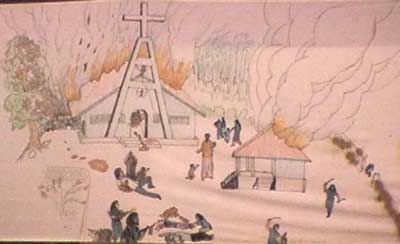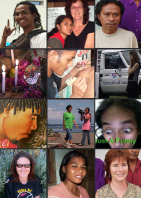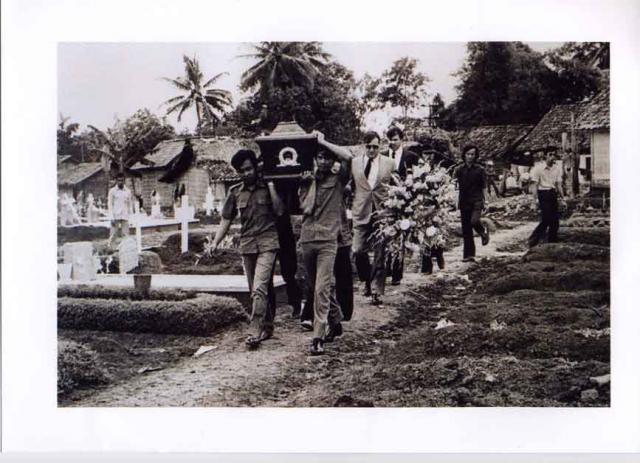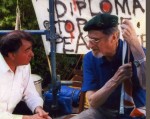 The Suai Church Massacre and surrounding events in September, 1999 in East Timor, led to the forming of the Friends of Suai in Pt Phillip, Melbourne.
The Suai Church Massacre and surrounding events in September, 1999 in East Timor, led to the forming of the Friends of Suai in Pt Phillip, Melbourne.
“after a war is over and the blood has stopped flowing, the suffering and violence as a direct result of those acts of war continue. The terrible irony is, that between the people involved in those acts of war, there are crimsonthreads of kinship forming which will connect them across national borders and generations into the future.” (author unknown)
This quote very much describes the story of many Timorese and Australian relationships. It’s a history of kinship and friendship in our local and regional neighbourhood.
The history also reveals that Australian betrayal has been a recurring characteristic in the history of our two countries. The stories of activism for justice and human rights that emerged in response to this in my neighbourhood of Port Phillip, and all over Australia, are inspiring. Solidarity Stories.
The images of the violence against the Timorese in 1999, came right into our living rooms via TV. Instead of the usual silent ambivalence to images of television violence, people in my community of Port Phillip were in tears. After tears, the response in Australia was a massive protest campaign, mounted within a week. That such a large protest could be organised so quickly was due to the great number of Australians who were working in solidarity with East Timor for 24 years and the work of the Timorese living in Melbourne.
Activism and solidarity are not the only things at play in our relationship. The proximity of our countries to each other is one explanation. But, the seeds for the extraordinary closeness of relationships between ordinary East Timorese and Australians were sown in World War 2. Veterans of World War 2 who served in East Timor were among the most loyal and active supporters of the East Timorese after 1975 in stark contrast to the behaviour of politicians in successive Australian Governments who have to carry responsibility for East Timor’s situation now.
The number of relationships between people in the two countries grew in 1941, 1975, 1991 and 1999. These were moments of grave devastation, death and loss of blood for East Timorese people. The events of these years are critical to any history of friendship between East Timor and Australia.
The protest against the violence in East Timor was also organised by Timorese-Australians. The largest Timorese community living in the diaspora lives in Melbourne. Many Timorese sort refuge in Australia in 1975. Their passion for the country saw many of them working for independence in Australia. They brought their children with them and they have born children in Australia. By 1999, many of these children had grown up and joined the Independence Movement and begun intermarrying into the Australian community.
That the protests in our city streets were the largest since the Vietnam War is testimony to this. They were of such a size we succeeded in pressuring the Australian Government into relenting and agreeing to work with the international community to form an international force (INTERFET) to stop the killing. When this happened, we cast another important moment into the history of our friendship between East Timorese and Australians. As a result of Australia’s intervention the Timorese people were, and still are very grateful. From a human rights perspective it was clearly too little and too late.
In Australia, the drive to help in the recovery began shortly afterwards: ‘Thongs for East Timor’, ‘Computers for East Timor’, ‘Cameras for East Timor’, ‘Tools for East Timor’ – you name it, it was on! I responded to a call for a local meeting to discuss what our neighbourhood (Port Phillip), could do to help East Timor’s recovery after the violence.
The Friends of Suai was formed shortly after that meeting. Since then about fifty friendship groups have started in Victoria.
The relationship between Australia and East Timor was described recently by Loro Horta in the following terms:
“The Timorese leadership sees in Australia a reliable friend, albeit sometimes an arrogant one, and knows quite well that Australian public opinion has traditionally been very supportive of Timor, despite the behaviour of some Australian officials. It is a classic love-hate relationship” in ‘Love-Hate Relationship: Australia, Timor and a Rising China’.











